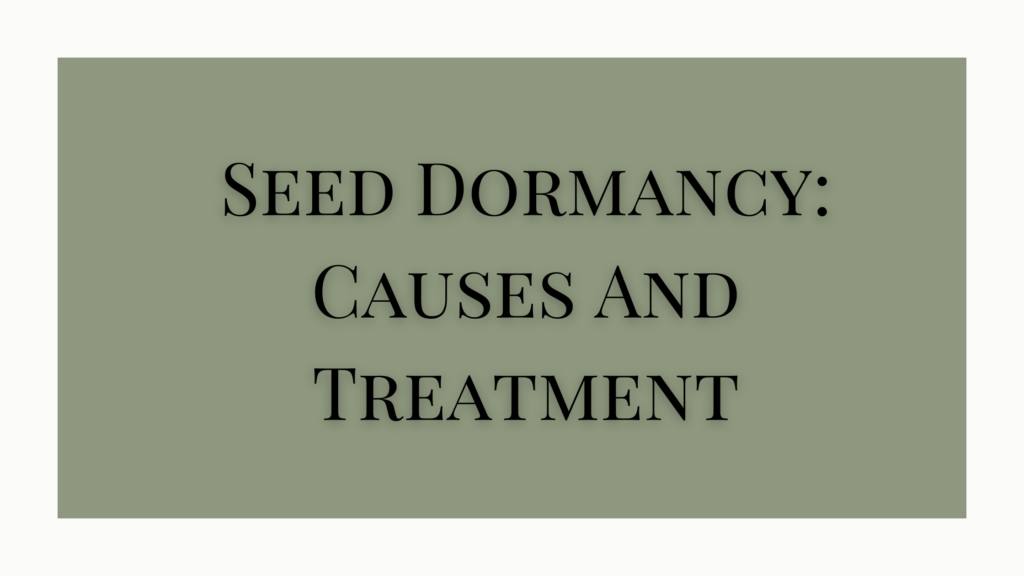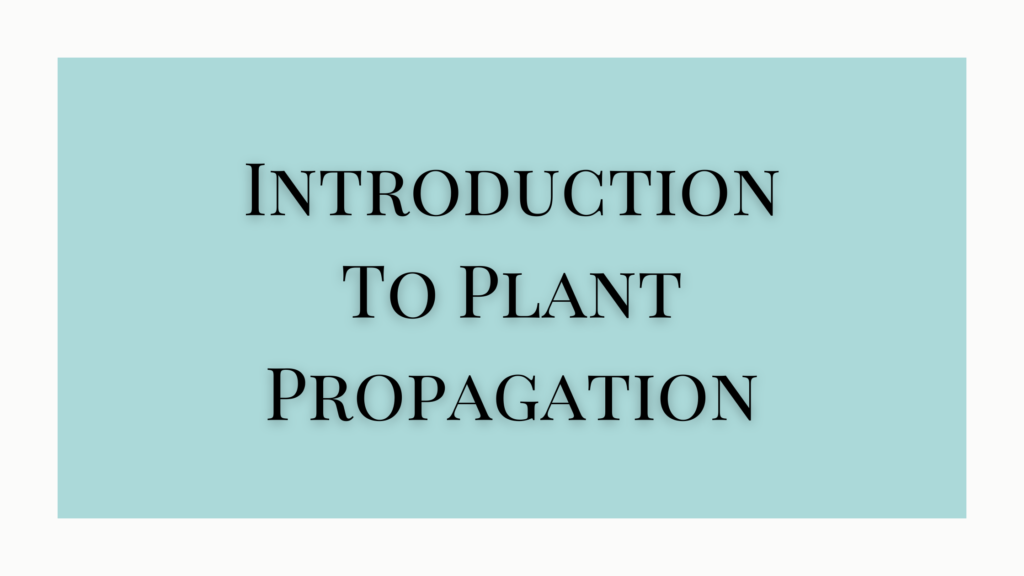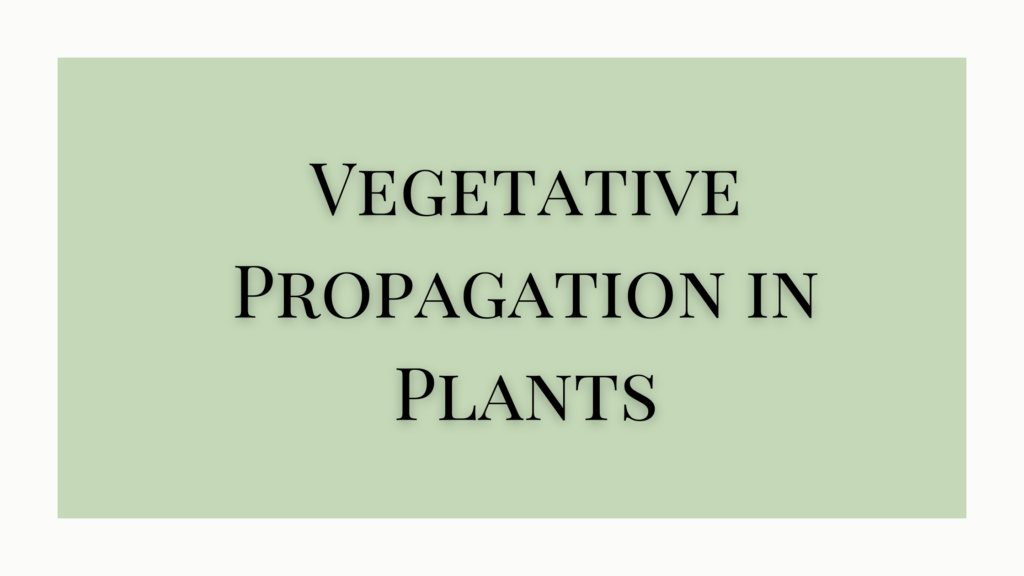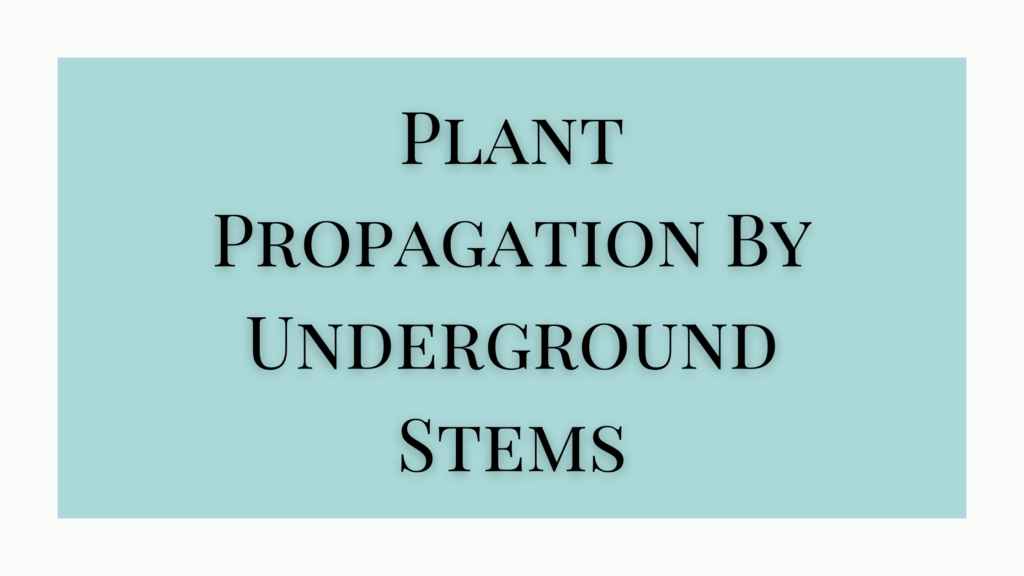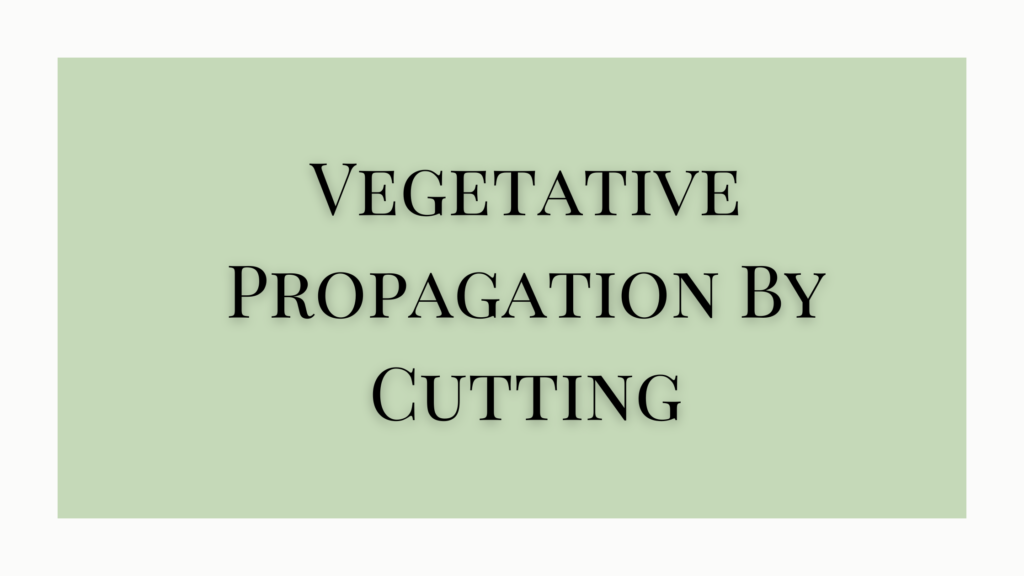Seed dormancy is the state of suspended growth or lack of visible activity caused by environmental or internal factors. Seed dormancy is the failure of viable seeds to germinate when environmental conditions are favorable. This may be due to the physical factor of the hard seed coat being impermeable to water, physiological causes such as chemical inhibitors in fruits and seeds, or immature embryos. Breaking this dormancy is one of the crucial steps in seed propagation.
Causes of Seed Dormancy
Impermeable Seed Coat
The lack of permeability in the hard seed coat will prevent imbibition of water. This feature enables the seeds to remain alive for a very long period. In some cases, the seed coat effects are due to gaseous exchange. The intensity of dormancy of these seeds diminishes as the seed coat gradually becomes more impermeable to oxygen.
Mechanically Resistant Seed Coat
Seeds of some plants such as walnuts, almonds, cashew nuts, olives, etc have such resistant seed coats that their embryos are unable to expand and develop unless the seed coat is removed or softened.
Rudimentary Embryos
In Chinese holly, Flax alpaca, anemone, orchids, etc, the embryos are not always well developed after harvest and they may need to take some more time for their complete development. They require some rest period. In Gingko biloba, pollination takes place only at the time of shedding from the mother plant. Pollination and fertilization take place during the rest period.
Physiologically Immature Embryo
The seeds of many species such as barley, oats, and wheat do not germinate immediately after harvest. They require a certain period after ripening. When kept under dry storage conditions at normal temperatures, they emerge from dormancy.
Physiologically Dormant Embryos
Physiological seed dormancy in some plants is induced by environmental factors that trigger the production of growth-inhibiting hormones that prevent germination. It develops in two stages the initial mild stage being reversible and the second extreme stage is non-reversible. The reason for the latter is that the same conditions that initiate the dormancy cannot induce germination at the later stage. It requires special processes to break such dormancy.
Treatments to Overcome Seed Dormancy and Stimulate Germination
There are various physical and chemical means to stimulate the germination of seeds, especially in dormant ones. In some species, seed dormancy is readily broken by different types of seed treatments whereas in other species, the seeds respond only to a single specific treatment. Sometimes, a deep dormancy of seeds cannot be broken by any of the common methods.
Mechanical Scarification
Mechanical scarification refers to scratching, breaking, chipping, or nicking the hard and impervious seed coats of certain species to enhance the passage of water and gases. Rubbing the seeds between sheets of sandpaper and rotating in bottles lined with emry cloths etc are common methods.
In some members of Rosaceae like plum, almond, etc, physiologically dormant embryo is found which can be broken by the prices of stratification. Conditions required for stratification are moist seeds, sufficient aeration, low temperature, and keeping seeds under these conditions for enough periods.
Acid Treatment
Treating the seeds with concentrated sulphuric acid for 15 minutes to 3 hours makes the seed coat more pervious. After the treatment, the seeds are thoroughly washed. This is one of the common methods used to break seed dormancy.
Soaking in Water
Soak the seeds in hot water for a few seconds to 24-48 hours, depending on the type of seed and variety. These seeds are then cut in cold water which will soften them. They are later washed before being used.
Cold Stratification (moist chilling)
This is commonly used in seeds of temperate regions and those with physiologically dormant embryos. Here, the seeds are exposed to abundant moisture, ample oxygen, and cool temperatures for 1-4 months to break the dormancy. Eg. Apples, peaches, grapes, etc.
Dry Storage
The dry storage method promotes germination after ripening in certain seeds which are in a dormant state when freshly harvested. Such seeds of many annuals and herbaceous perennials fail to germinate until the rest period is over.
Chemical Treatment
Dormancy due to dormant embryos in freshly harvested seeds can be broken by treating them with various chemicals such as potassium nitrate, thiourea, hydrogen peroxide, and growth regulators such as gibberellic acid, kinetin, or ethylene.
Exposure to Light
This method is used for seeds that are positively photoblastic when germination is required immediately after harvest. Here, the seeds are first soaked in water and then exposed to light to initiate germination.
